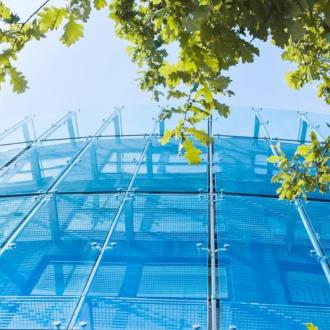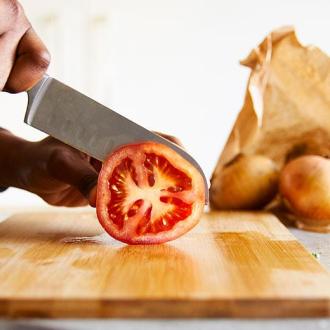Make space for nature
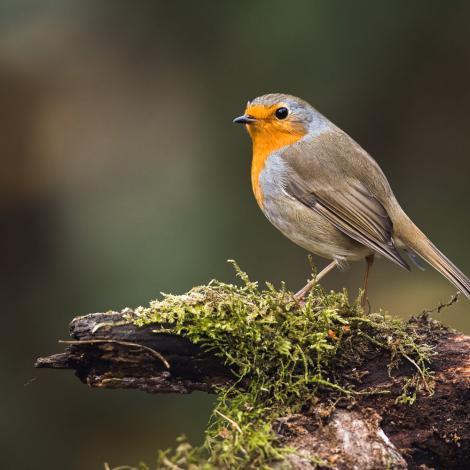
Nature is part of the solution to climate change, as well as being vital for our own health and wellbeing. By protecting and restoring nature in our everyday lives, we’ll be ensuring we have food security, water security, and clean air to breath, while also storing up to 30% of the necessary emissions globally, helping to tackle climate change. This means both people and planet will win.
How can we protect nature?
Many of us have spent more time outdoors during the Covid-19 pandemic, taking advantage of the way this boosts our mental and physical health.
Being in nature helps us to truly appreciate its beauty and value, as well as helping us to identify ways we can look after it.
Here are some ideas for giving back to the natural world and helping to protect and restore it, while reaping the health benefits that brings.
1. Bird feeders are a great way to experience local wildlife at close quarters. Feeders can be attached to your window and saucers of water can be left on the windowsill. To attract a variety of birds try a range of different foods, such as seed mixes, sunflower hearts, meal worms, soft apples and pears, and even mild grated cheese. In the spring make sure to avoid bread, peanuts, and fat, as these can be a choking hazard for baby birds. You could even note down the birds you see visiting during the space of an hour and submit your sightings to the Big Garden Birdwatch. This helps the RSPB to understand which bird species are struggling and provides clues for how we can help to protect them.
2. Start a mini herb garden. Many plants do well in small containers, such as lavender, rosemary, sage, and thyme, and are popular with pollinators. Many herbs double up as cooking ingredients.
3. While out and about, submit your sightings of plant and animal species. This is an easy way to contribute to nature protection programs without a garden of your own and can be done via an app on your smart phone. From identifying frogs to observing butterflies, read about the different apps available on Scotland’s environment website. Be sure to tell your family, friends, neighbours, and colleagues what apps you’re using to help protect nature, because simply chatting with people can be one of the best ways to inspire positive action.
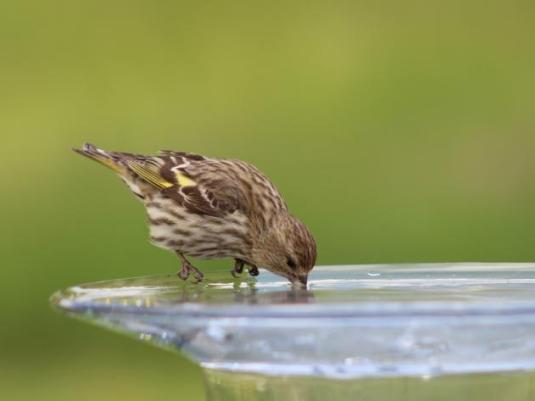
4. Nature is a space of endless curiosity and combines exercise and learning in a way that is ideal for kids. Making art out of leaves, spotting species on a wildlife walk, building a bug hotel, or putting up a feeder, are all great ways to interact with nature. The changing seasons also provide a fantastic opportunity to learn about beginnings and endings, as they watch winter turn to spring, and birds grow from chicks to fledglings.
Get more ideas for having fun outdoors with kids at Parent Club.
5. There are many volunteering positions in the climate sector, whether it’s a beachside clear up or an urban planting project. If you have significant time to give, our beautiful National Nature Reserves are directly involved in protecting our landscapes against the threats of climate change. However, never underestimate the help you can give with even the smallest available time, or the impact that help will have on the world around you.
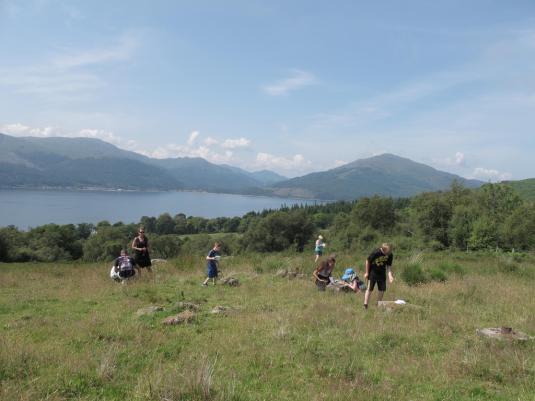
6. With 41% of Scotland’s population living within 5km of the coast there is likely a great rock pooling site near you. Walk or cycle your net and buckets to the water’s edge and take a peek at what is hiding between the rocks.
7. Litter pick or beach clean. Whether in our oceans, parks, rivers, or woods, litter can trap wildlife or they may try to eat it. Much of our waste doesn’t biodegrade, so will stay in our natural environment for years to come. Where safe to do so please dispose of any litter you find.
8. There is substantial evidence that spending time outdoors benefits our physical and mental health, particularly when working from home. Thinking about how you travel from A to B and leaving the car at home more, can also help protect nature.
41%
of Scotland’s population living within 5km of the coast
Discover talking points and information about protecting nature with our Climate Conversations pack.
Make space for nature in your garden
If you have a garden, there are so many things you can do to give nature a helping hand throughout the seasons – especially by gardening naturally.
Spring gardening tips
As the season of new beginnings, Spring is the perfect time to reimagine your garden.
1. Aside from being beautiful, spring flowers (especially native varieties) are valuable for all sorts of pollinators. Plan ahead and plant bluebells or snowdrops at the start of the season so they’re flowering by March.
2. Help to ‘rewild’ your garden. Leaving piles of leaves and twigs can help to provide a habitat for local animals. Holding off on cutting your grass until mid-April can give bees a chance to feast on uncut dandelions. Why not take part in #NoMoMay.
3. If you have paving, artificial grass, or gravel in your garden, think about adding green spaces (shrubs, bushes and trees) and plant pots, so that pollinators and other beasties can take refuge and use your garden as a stepping stone when moving around urban areas.
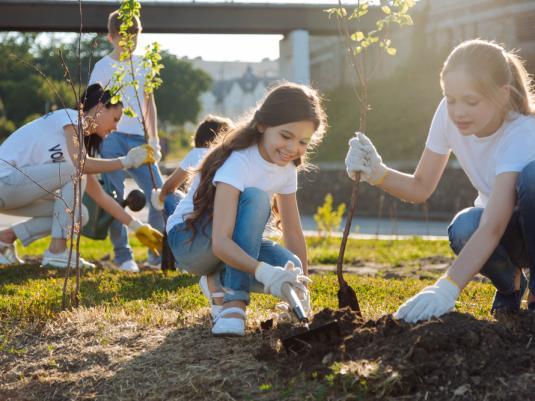
4. Frogs, toads and newts all come out of hibernation in the spring. By setting up a pond you’ll give them a safe space to live and breed, as well as attracting birds, dragonflies, pond skaters, and more. Even an old washing up bowl will do. But make sure you add a stone or shelf so animals like hedgehogs can climb out when they visit to drink.
5. Did you know that 63% of the total carbon locked in our soil is found in our peatlands? Protect this vital resource by only using peat-free products in your garden.
6. If you spot a bird’s nest when pruning bushes, try to leave the plant alone. Putting nest-building debris nearby and setting up feeders will give your new residents the best start to the year. Avoid bread, peanuts, and fat as these can be a choking hazard for baby birds; try bird seed, meal worms, or soft fruit instead.
63%
of the total carbon locked in our soil is found in our peatlands
Summer gardening tips
The year is in full bloom, and many of us are out enjoying the warm weather. Keep nature in mind when relaxing in your outside space.
1. Encourage butterflies and pollinators by not mowing a strip of your lawn and scattering wildflower seeds. This will also provide shelter for wildlife to move undisturbed through towns and cities, which is particularly important as our climate changes.
2. Hedgerows offer a habitat for wildlife that fences can never match. Plant flowering trees and shrubs like hazel, willow, and hawthorn to divide your garden while providing sheltered access for wildlife.
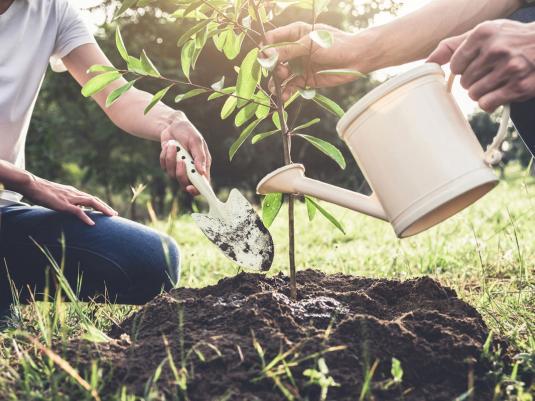
3. Plants and seeds can be expensive, but many pollinator-friendly species can be grown from cuttings. Connect with your neighbours and fellow gardeners to share plants and tips on bringing your garden to life.
4. Weeds may have a bad reputation, but many provide an important source of food for all types of pollinators. Some weeds, like dandelions, can be kept in your garden without overwhelming your other plants.
5. Be a lazy gardener! Rather than tidying up things like seed heads and dead leaves (both of which are habitats for wildlife), let them degrade naturally over time.
50%
of Scots wanted to do more to help local wildlife in 2022
Autumn gardening tips
Amidst the warm colours and frosty nights, take time to think of your garden’s resources as the animals stock up for hibernation.
1. Before the weather gets too cold, now is your chance to plant bulbs and hedgerow starters ready for the insects and mammals coming out of hibernation in the spring.
2. If you have a compost heap, try and keep it undisturbed until at least springtime – they are warm spots where many creatures hibernate and take shelter.
3. Autumn is a great time for maintenance. Clean out your ponds and bird feeders. Where possible, create a regular feeding schedule for your bird feeders so birds can reliably stock up on nutrients.
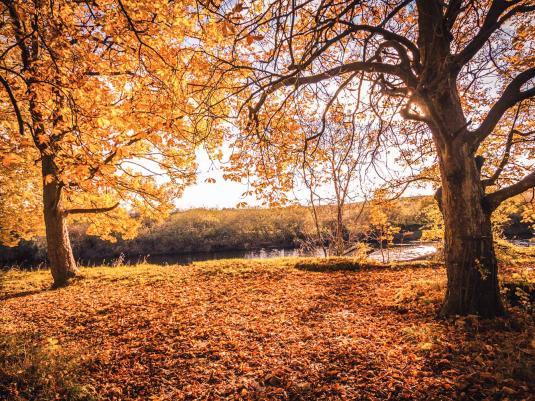
4. Rather than waste the fruits of your labour, let animals clear overripe fruit from your fruit trees. You can also leave fruit and vegetable scraps in your garden for badgers, foxes, and birds. It’s best to cut the fruit in half and leave it in the grass or spike it on a tree branch (if there are cats or dogs around, avoid grapes and dried fruit, as they can be harmful).
5. Autumn is a fantastic time to introduce children to nature. Try going on a nature hunt, collecting leaves or conkers, making a bug hotel, or simply helping them to be aware of the seasonal changes going on to spike their natural curiosity. There are plenty of plant or bird ID apps to help learning if you are unsure of where to start.
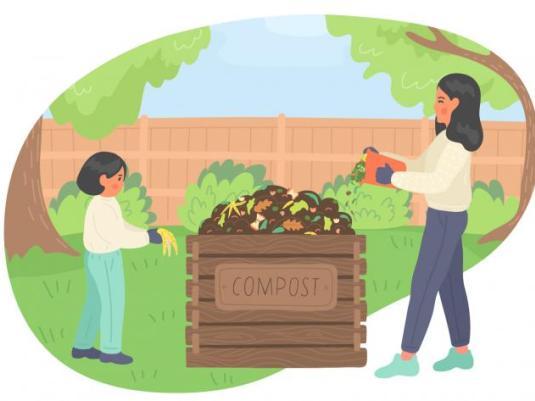
Winter gardening tips
The world becomes quieter as nature sleeps, but there is still plenty you can do in the great outdoors.
1. Go on a nature walk outside of your garden. Even in winter there’s still plenty of wildlife out and about. Look for a flash of red from a friendly robin and be sure to feed the ducks at your local park. Skip the bread and instead try sweetcorn, porridge oats, peas, or bird seed, which are much more nutritious.
2. Ponds or bird baths are likely to freeze, even in fairly mild temperatures. Keep this valuable source of water available by gently cracking the ice with a stick or keeping a tennis ball floating on top to stop the ice connecting.
3. Submit sightings of birds, mammals, plants and more, and report any invasive species. This can be a great way to get more out of your nature walks, and many surveys can be done easily on your smart phone.
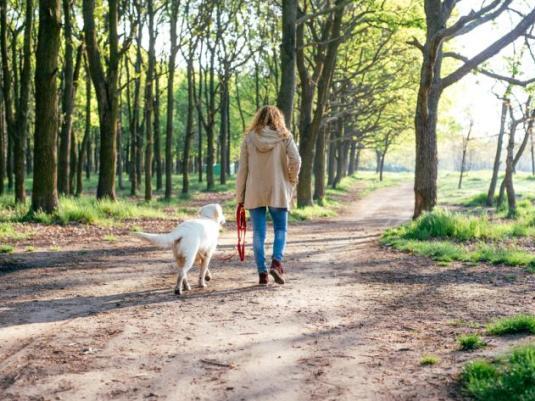
Take action starting now
To achieve net zero by 2045, we must take action now. Start here to find ways that you can make changes in your life at home and on the go.



